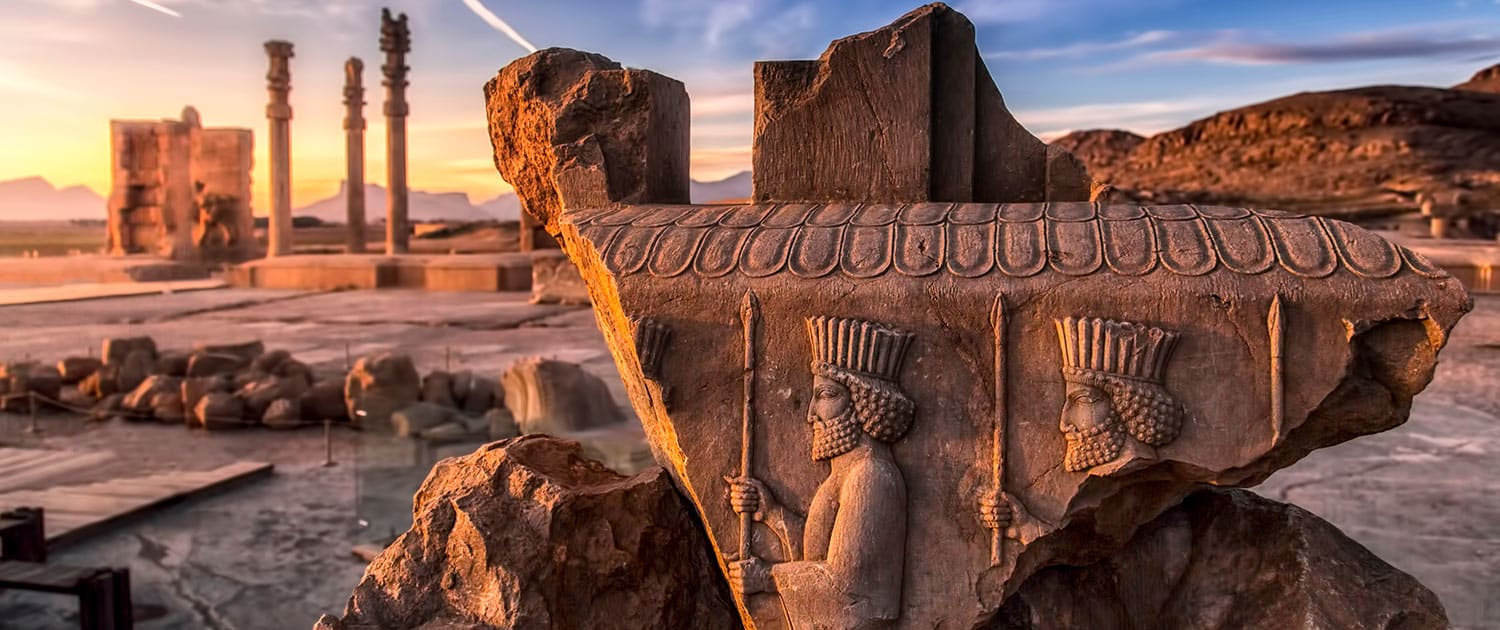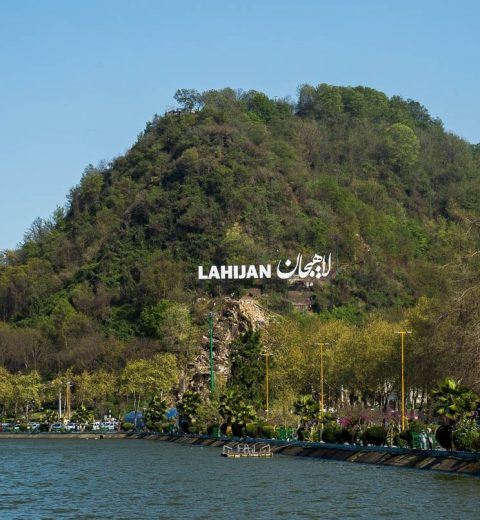The list of UNESCO World Heritage Sites in Iran includes 26 historical and cultural sites, of which Iran is ranked ninth.
Tchoghaznabil, Naqsh-e Jahan Square in Isfahan, and Persepolis are the first sites registered as Iranian World Heritage in UNESCO. The current heritage of Iran in this list includes 26 historical and cultural sites, which in terms of the number of these sites, Iran is ranked ninth. UNESCO World Heritage is a treaty for the preservation of human historical, cultural, and natural monuments of universal value and belongs to all peoples of the world, regardless of race, religion, or nationality. The treaty was approved by the General Conference of UNESCO in 1972 and became a member of the UNESCO World Heritage Convention in 1975. According to this convention, all member states can register their cultural, historical, and natural resources in this list, and then the responsibility of preserving these monuments is the responsibility of all the people of the world.
List of registered UNESCO World Heritage Sites in Iran:
- Tchoghaznabil, Susa
- Naghsh-e-Jahan Square, Isfahan
- Persepolis, Shiraz
- Takht-e Soleyman, Tekab
- Bam and its Cultural Landscape, Kerman
- Pasargadae, Shiraz
- Soltaniyeh, Zanjan
- Bisotun, Kermanshah
- Armenian Monastic Ensembles, West Azerbaijan
- Historical Hydraulic System, Shushtar
- Tabriz Historic Bazaar Complex, Tabriz
- Sheikh Safi al-Din Khānegāh and Shrine, Ardabil
- The Persian gardens: 9 gardens inside Iran: Akbarieh Birjand, Fin Kashan, Shahzadeh Mahan, Eram Shiraz, Abbasabad Behshahr, Chehelston Isfahan, Dolatabad Yazd, Pasargad Shiraz, Pahlavanpour Yazd (plus 4 gardens within Iran’s cultural borders outside the current political borders of Iran: Taj Mahal and Homayoun Tomb in India and Shalimar Garden in Lahore, Pakistan and Barbar Garden in Afghanistan)
- Gonbad-e Qabus, Golestan Province
- Masjed-e Jâmé, Isfahan
- Golestan Palace, Tehran
- Shahr-e Sukhteh, Sistan and Baluchestan Province
- Cultural Landscape of Meymand, Kerman Province
- Susa, Khuzestan Province
- Persian Qanats: 11 Qanats (aqueducts) including: Qasbeh Gonabad aqueduct, Baladeh Ferdows aqueduct, Hassanabad Moshir aqueduct and Bagh Zarch aqueduct, Ebrahimabad Arak aqueduct, Mazdabad aqueduct and Vazwan public aqueduct, Moon aqueduct, Goharriz aqueduct aqueduct and Buban aqueduct, Jopad aqueduct
- Historic City of Yazd
- The Ensemble of Historical Sassanid Cities in Fars province (Bishapur, Firouzabad, Sarvestan)
- Trans-Iranian Railway
- Cultural Landscape of Uramanat/Hawraman, Kurdistan
List of Iranian Natural Heritage Sites:
Lut desert
Caspian Hyrcanian mixed forests
UNESCO Intangible Cultural Heritage
In 2003, UNESCO ratified another treaty aimed at better protecting the intangible cultural heritage of humanity, including the customs, cultural rites of each nation to preserve their cultural and historical identity. Another goal of this convention is to preserve the legacy that is being forgotten and disappearing, and it is mentioned as a source for the cultural diversity of different nations. The UNESCO Intangible Cultural Heritage Project was launched in 2008. Iran has registered 17 intangible cultural works in this list.
List of Iranian spiritual and cultural heritage registered in UNESCO:
- Nawrouz, Novruz, Nowrouz, Norouz
- Rows of Iranian music
- Music of the Bakhshis of Khorasan
- Ritual dramatic art of Ta‘zīye
- Pahlevani and Zoorkhanei rituals
- Traditional skills of carpet weaving in Kashan
- Traditional skills of carpet weaving in Fars
- Naqqāli, Iranian dramatic story-telling
- Traditional skills of building and sailing Iranian Lenj boats in the Persian Gulf
- Qālišuyān rituals of Mašhad-e Ardehāl in Kāšān
- Flatbread making and sharing culture: Lavash, Katyrma, Jupka, Yufka as a bread
- Chogān, a horse-riding game accompanied by music and storytelling
- Art of crafting and playing with Kamantcheh/Kamancha, a bowed string musical instrument
- Dutar
- Persian miniature (Persian painting)
- Pilgrimage to the Church of Thaddeus
- Persian calligraphy
Iran’s biosphere reserves:
Biosphere reserves are international bio-protected areas. In addition to conservation, these natural habitats bring achievements such as having study sites for scientists and experiencing human skills to support sustainable development. These areas are covered by UNESCO through the Office of the International Coordinating Council for Human Resources and Korea. The following list of Ranian Heritage in this category.
- Dana Biosphere Reserve in Kohgiluyeh, Boyer-Ahmad and Isfahan Provinces
- Arjan and Parishan
- Minakaleh
- Hara
- Geno Biosphere Reserve
- Golestan
- Arasbaran
- Lake Oromeeh
- Kavir
- Touran
- Tang-e Sayad and Sabzkuh located in Chaharmahal and Bakhtiari province
- Hamoun
- Kopet Dag
List of Iranian World Memory Program:
The UNESCO World Memory Program is an initiative to preserve humanity’s documentary works against deliberate destruction, neglect, mass oblivion, climatic conditions, and time-consuming erosion. The purpose of this program is to prevent the looting, dispersal, and illegal trade of these works. These documented legacies are accessible to all people of the world and are the best way to introduce the human history, culture, and civilization to the world.
- Kulliyat-i Sa’di
- Al-Masaalik wa Al-Mamaalik
- Zakhireye Khwarazmshahi
- A Collection of Selected maps of Iran in The Qajar Era
- Collection of Nezami’s Panj Ganj
- Al-Tafhim li Awa’li Sana’at Al-Tanjim
- Administrative Documents of Astan-e Quds-e Razavi in Safavid Era
- Baysonghori Shahnameh
- The Dead For Endowment: Rab’ l-Rashidi
- Jame’ Al-Tavarikh
Iranian culture or Persian culture is one of the most influential cultures in the world and is considered one of the cradles of human civilization due to its rich position and culture in the world, it has influenced the cultures and peoples of Italy, Macedonia, Greece, Russia, Saudi Arabia, and India. The impact of Iran’s rich history on art, architecture, poetry, science and technology, medicine, philosophy, and engineering is not hidden from anyone. and the list of Iranian Heritage registered in the UNESCO list confirms that.






Hi. Beautiful places